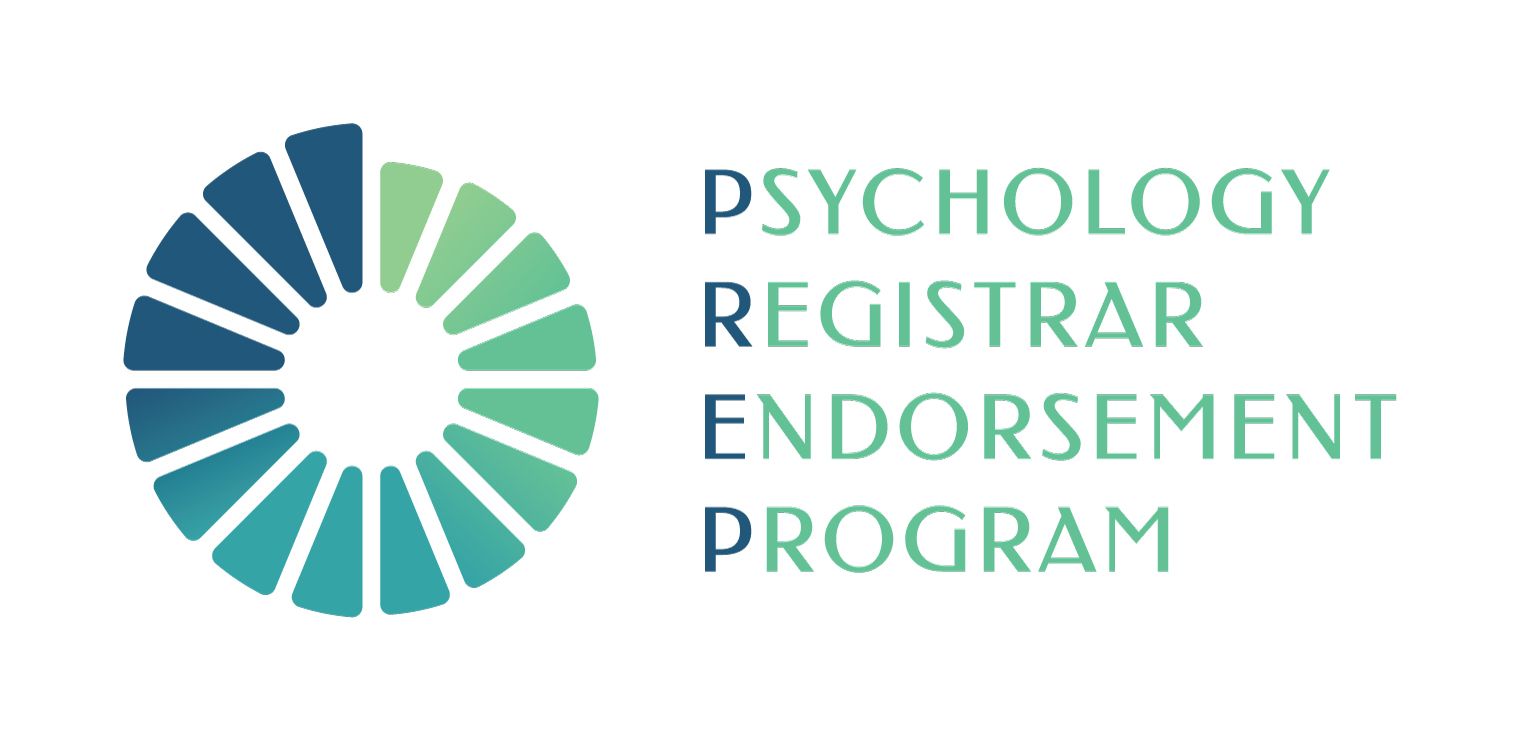Responding to client risk: Pragmatic tips for the psychologist in private practice
Nov 22
/
Dr Aaron Frost
Notes from supervision
Please note that this piece is not a substitute for formal risk assessment training, rather this is focussed on how to pragmatically apply this training in a private practice environment.
My supervisee presented having identified the risk of a client in a domestic violence situation. The supervisee wanted to know what their obligations were in terms of actions to protect the client. A question like this needs to be unpacked quite a bit in order to shed useful light on the situation and hopefully give good advice.
Step 1 - Operationalise the risk you are worried about.
A DV situation may be causing risk of physical harm to the client, or risk of suicide by the client, or risk of violence of even homicide from the client as a reaction. Rather than simply identifying that the situation is risky, it is important to appraise and determine what is the risk (or risks) that you are concerned about.
In this situation, the supervisee was able to identify that what she was most concerned about was the risk of physical harm coming to the client by the perpetrator of the violence.
Step 2 - Quantify this risk as best you can with the available information.
The second step is to attempt to quantify the risk. Depending on the risk being quantified, different factors may be taken into account, but broadly speaking it is important to consider static and dynamic risk factors. Static risk factors help us to give a broad ballpark of risk, and are typically based on historical data, demographics and baseline characteristics. They help us to understand how likely in GENERAL is this risk to eventuate. Dynamic factors speak very much to today and why is the person more at risk today than they were yesterday.
Recent drug abuse, loss of a job, onset of a psychotic episode, pain, debts and a range of other very specific situational factors help us to estimate the likelihood of the risk being IMMEDIATE.
Step 3 - Consider what options are available to escalate your response, and if these steps are warranted.
The final step is to pragmatically consider what is the next action you as a clinician could take in order to mitigate the risk. This next action may be at a very low level such as asking the client to talk with a friend or relative about the risk they face, through to interventionist responses such as hospitalisation, police welfare checks, or breaching confidentiality in some other way.
In order of urgency, the options are typically as follows:
- Discuss risk with client and ensure there is a safety plan that they understand and would be willing to action
- Liaise with GP about medication review or psychiatric referral
- Breach confidentiality with client consent to enlist a loved one to assist with safety
- Breach confidentiality without client consent to enlist a loved one
- Refer to hospital for assessment with consideration of admission
- Call emergency services to attend in the event of an acute suicide threat.
As you can see, the gap between available actions starts to get wider and wider as you progress through these responses, and therefore you must consider if it is reasonable to escalate in this way. What level or risk management are you at now with your client, and what has changed that justifies stepping up to the next level ?
Step 4 - Weigh your options for reasonableness.
This next step must always be considered in light of what steps have already been taken. We must also consider the harms that will come from this next step (if any) and weigh them up against the benefit of this action. In hindsight, sending the police around to do a welfare check was the right move if they arrive and prevent a serious suicide attempt. However, if they arrive and the person is simply watching TV and eating takeaway food, and now they disengage from therapy due to the breach of trust, your intervention may have had the perverse effect of making that person less help seeking in future. Ultimately, you need to take responsible actions based upon your best assessment of likely risk and benefit.
Finally, the clinician and the supervisor must consider reasonableness. It may be possible to reduce someone’s risk of violence by informing the police, but this action must be weighed against their human rights to privacy as well as the privacy you offer them as part of therapy. We could also reduce suicide risk by hospitalising all people who express suicidal ideation, but again this needs to be weighed against the unrealistic expectaton that a hospital bed could be found for everyone who thinks of killing themselves.
Reasonableness is hard to define, but I always find the following question helps; “If (insert risk here) happened tomorrow… a) would you be able to sleep knowing that it was beyond your control, and b) would you feel comfortable explaining your lack of action to a coroner in 6 months.
Of course, the other side must also be considered. If this client made a complaint to the ombudsman because you had breached their confidentiality without due cause would you feel that you could justify why you acted?
Often when we confront these situations, our training helps us to assess risk, but we are less well trained in knowing what are the steps of escalation in terms of managing this risk, and knowing whether or not it is the right thing to do.
Step 5 - Document everything. The actions taken as well as the actions considered and not taken.
Empty space, drag to resize
-
prep@benchmarkpsychology.com.au
-
07 3493 6600 -
Facebook
-
Linkedin
We acknowledge the Traditional Owners of the land where we work and live, and pay our respects to Elders past and present. We celebrate the stories, culture and traditions of all communities who also work and live on this land.

15+ CPD hours. Practical cases. 12-month access.
Built for Australian psychologists.
Built for Australian psychologists.
Be Ready for the 2025 Code of Conduct & Competencies
PREP now includes an Ed & Dev stream!
We are so excited to announce that in partnership with the Australian Educational & Developmental Psychologists Association (AEDPA) we can now offer programs to Ed & Dev registrars!
Not long until we kick off CPD and supervision for our 2026 intake. Provide your details so we can make contact, answer your questions and secure your place before it's booked up!
Not long until we kick off CPD and supervision for our 2026 intake. Provide your details so we can make contact, answer your questions and secure your place before it's booked up!
Write your awesome label here.

